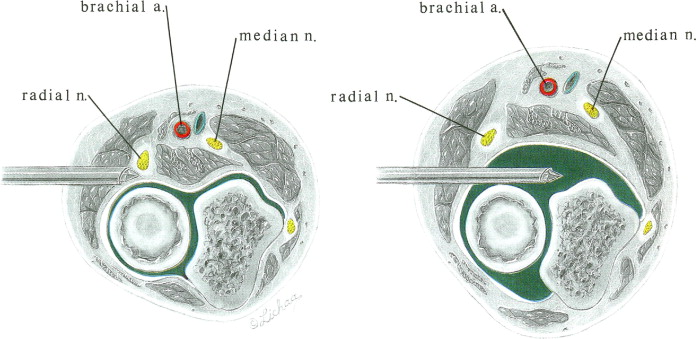- Joined
- May 2, 2011
- Messages
- 962
- Reaction score
- 21
Healthy middle aged woman who fell off a bike and broke both wrists. Right handed. Right wrist hurts a little more. Dedicated boyfriend at home to take care of her. I discuss local vs various nerve block options. I recommend right brachial plexus block, GA, local to left wrist, and rescue block left arm only if needed. Pt is concerned about pain and wants bilateral blocks. I recommend a "light block" but tell her there's a risk that both her arms get paralyzed. She still wants both blocks.
Rt supraclav 30cc 0.3%ropiv w/decadron 5mg. Lt infraclav 30cc 0.3% ropiv w/decadron 5mg. GA. Zero narcotics. 0/10 pain in PACU. Totally paralyzed arms and fingers in PACU. Anyone surprised? I'm thinking I should have omitted the decadron and/or kept it at 0.2%ropiv.
Rt supraclav 30cc 0.3%ropiv w/decadron 5mg. Lt infraclav 30cc 0.3% ropiv w/decadron 5mg. GA. Zero narcotics. 0/10 pain in PACU. Totally paralyzed arms and fingers in PACU. Anyone surprised? I'm thinking I should have omitted the decadron and/or kept it at 0.2%ropiv.


